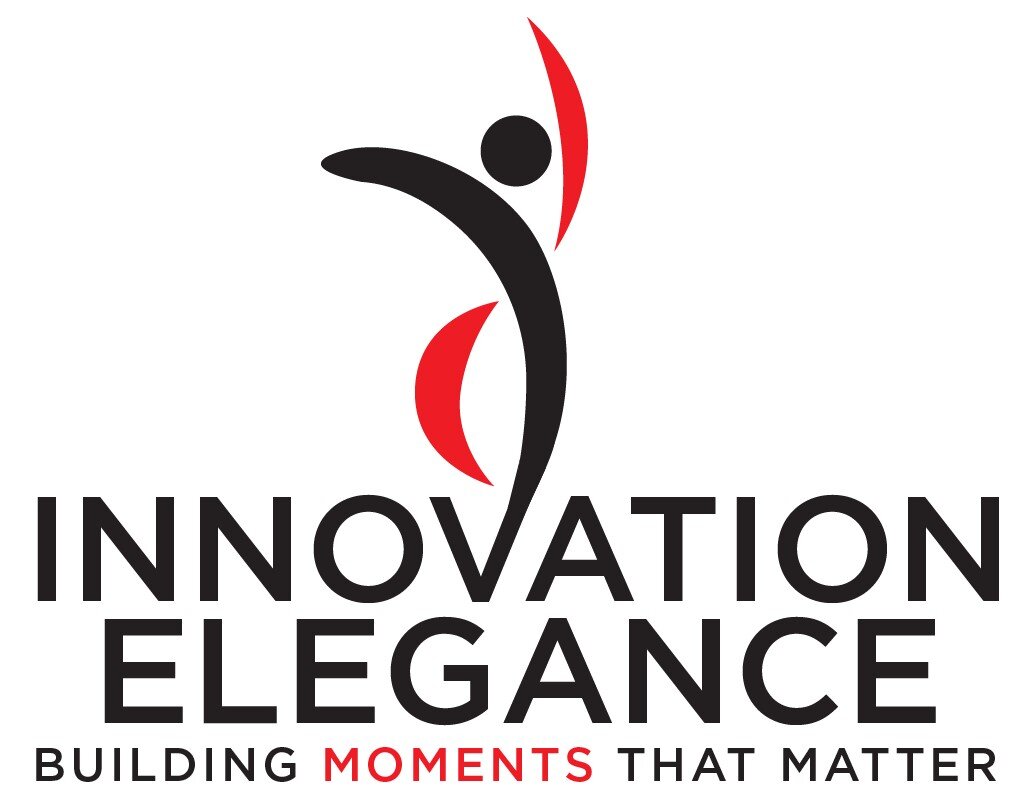Artists’ Collaborative Advantage
“People will forget what you said. People will forget what you did. But people will never forget how you made them feel.”
The world of innovation, and the world in general, is a competitive place. You could distinguish yourself while being a tenth or eleventh competitor, but another way to distinguish yourself is collaboration skills. Business has a lot to learn, benefit and profit from culture traits of the arts. Because their cultures often provide safety, trust, listening, practicing, and rehearsal, artists have a collaborative advantage.
Many arts require a team who passed an audition. No one can whistle a symphony on their own. No movie star plays every part. The audition is over, so competition stops, and collaboration begins. Innovation professionals must similarly embrace the value of their colleagues and the ensemble.
Ensembles are diversity in skills and depth of experience. Beginners might be self-absorbed, but they foster humility and demonstrate sustainability of the ensemble. Beginners are fresh minds, perspective, and energy. Everyone learns from each other. Innovation teams need fresh energy and sustainability.
The arts support safety and authenticity. Good parents keep their children safe and encourage them to find their own path in life. Dancers are attentive so their partner isn’t in a collision. Improvisers support each other’s instinctive additions. Innovation teams need the same in the form of psychological safety. A shortage of safety is a toxic environment, diluting employees’ attention away from customer work, teamwork, and toward finding a different team and safer environment.
Arts ensembles foster trust. Actors trust others to do their part. Musicians rely on others’ to play their part. Good parents teach their children the importance of honesty and reliability. Innovation teams also need trust – in various ways such as competence, integrity, dependability and benevolence. Mistrust promotes competition, but trust promotes collaboration.
The arts require great listening skills. Musicians listen to each other to stay in rhythm and in tune. Listening and timing are valuable in theater. Every martial artist stays attentive to their opponent. Innovation professionals need listening skills. A good innovation leader listens to what is said and hears what is left unsaid. Poor listening guarantees poor team decisions. Good listeners sit in the ensemble and have the best seat in the house. Good listening maximizes the chance for a great experience and great results.
Good artists practice their whole lifetime. Martial artists spar, actors learn their lines and singers memorize. Solo preparation is still needed away from the ensemble. Drilling healthy routines build muscle memory. Innovators also practice on their own, reviewing assets away from their ensemble. Practice fosters deep thinking and empathy. It saves precious time when the ensemble is together.
Artists rehearse together. Rehearsal is where they align on their material for their audience. Rehearsals detect under-performance. Rehearsals show progress toward the ensemble goal – Opening Night. Every big goal of an ensemble contains 1001 smaller wins, and those show up in rehearsals. Innovation teams need rehearsals together – meetings where they align on material for their customers and testing to ensure new processes and technology work on the ensemble goal – the Go-Live date.
Artists bring out the best in each other. Good parents bring out the best in their children academically, socially, and emotionally. Singers work hard to satisfy their peers. Dancers want to be asked to dance again. Innovation professionals are at their most valuable in a culture that brings out their best. Innovation teams are excellent environments for positive peer pressure and mutual accountability.
The cultures of the empathetic arts encourage, and really enforce, collaboration. Emulating the arts gives an innovation team a collaborative advantage.



